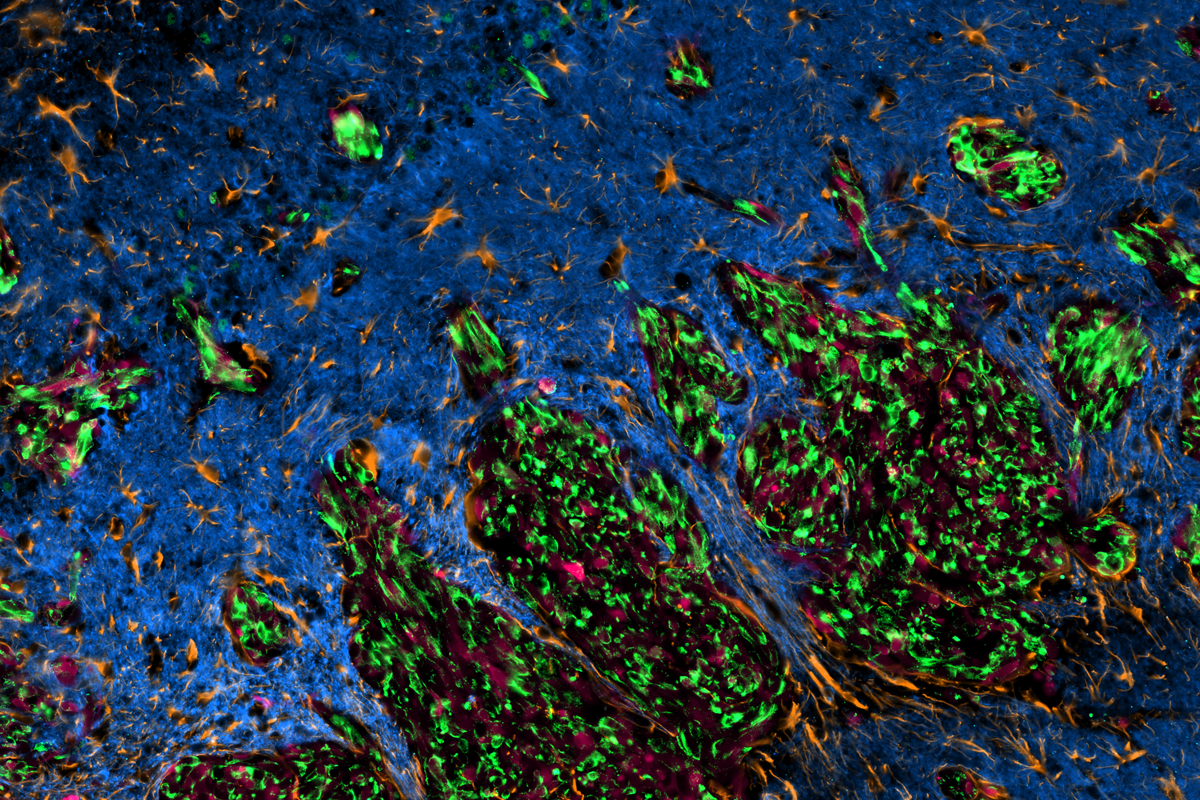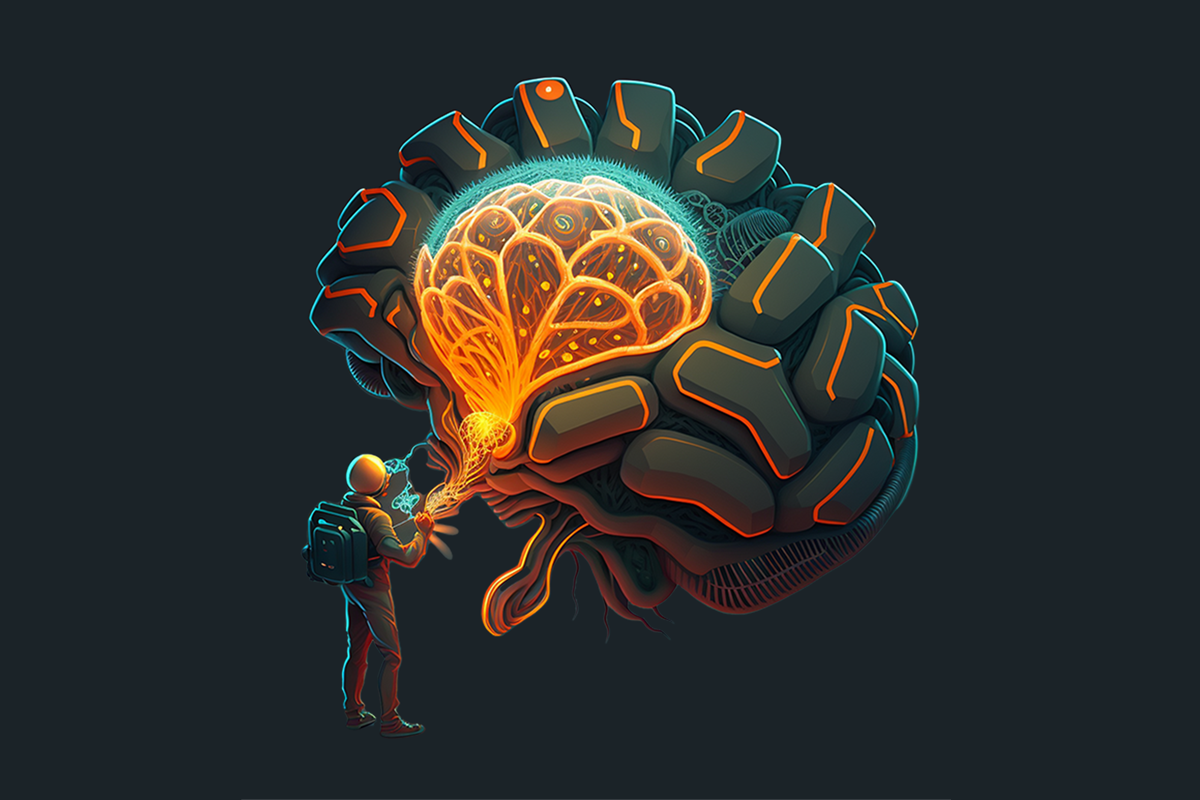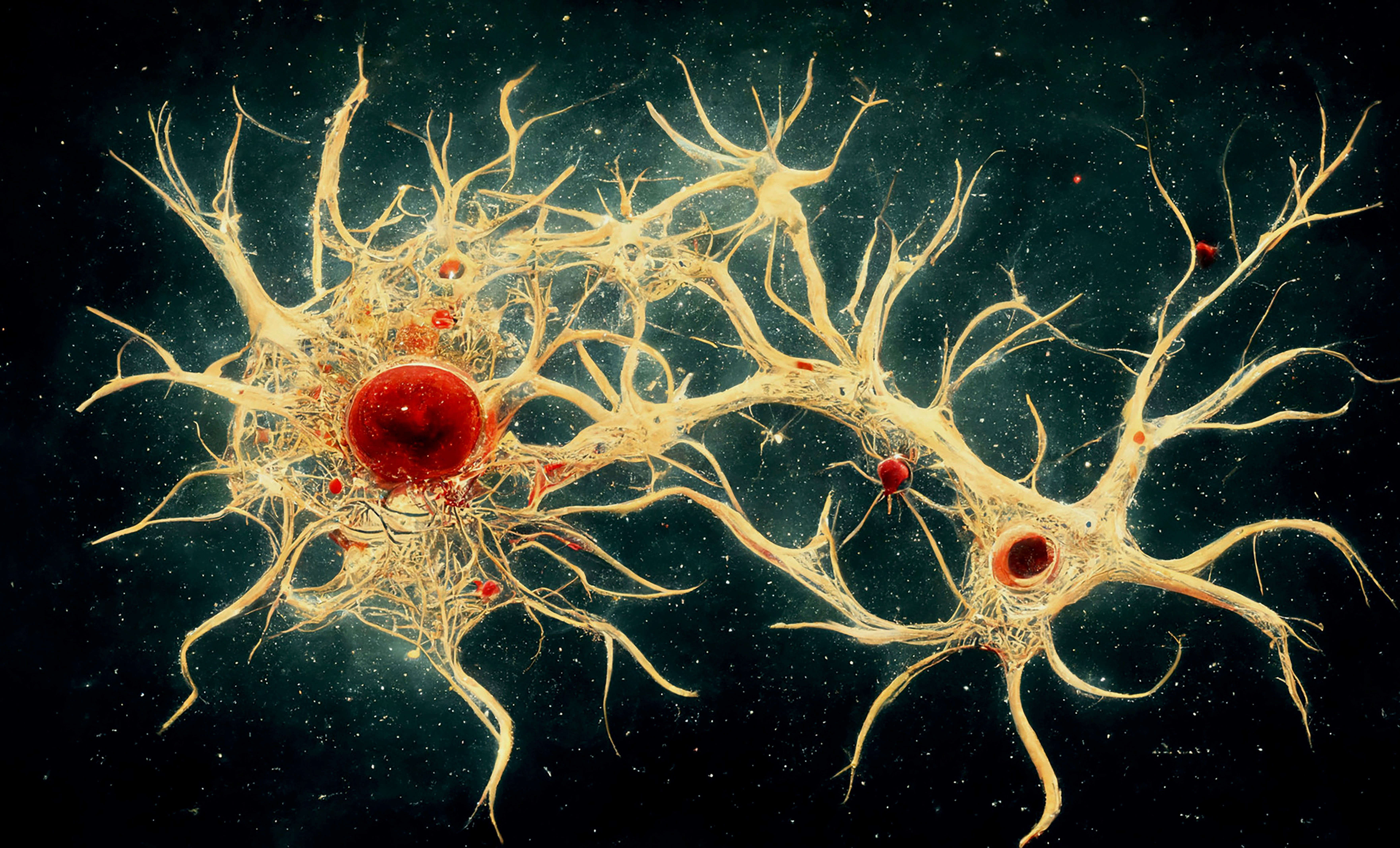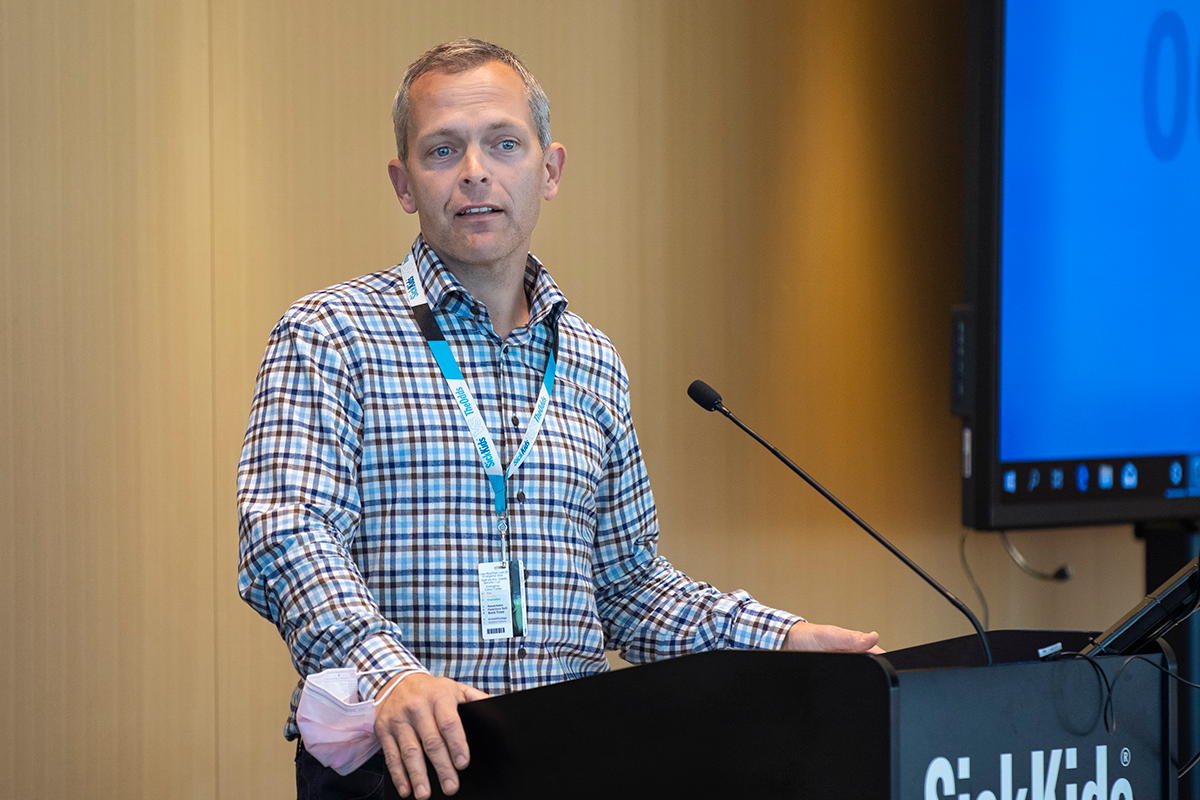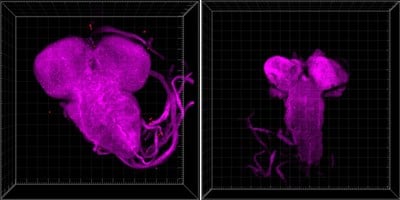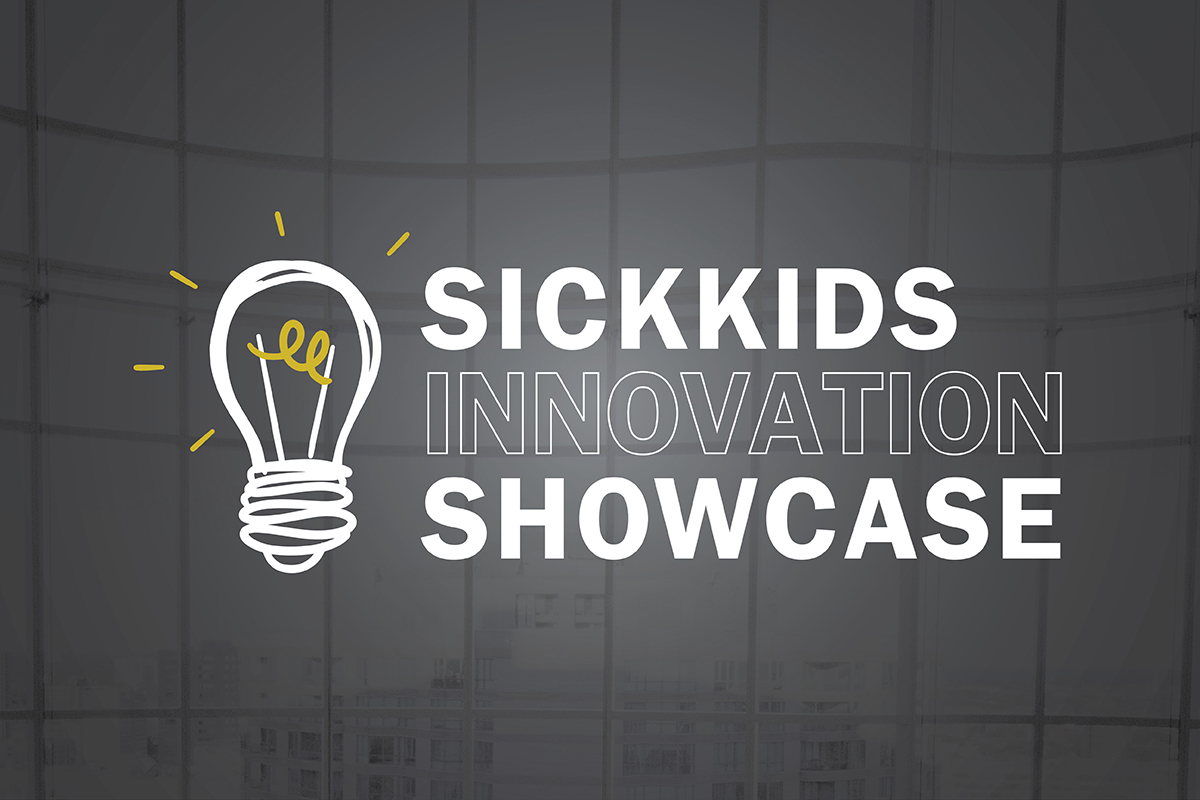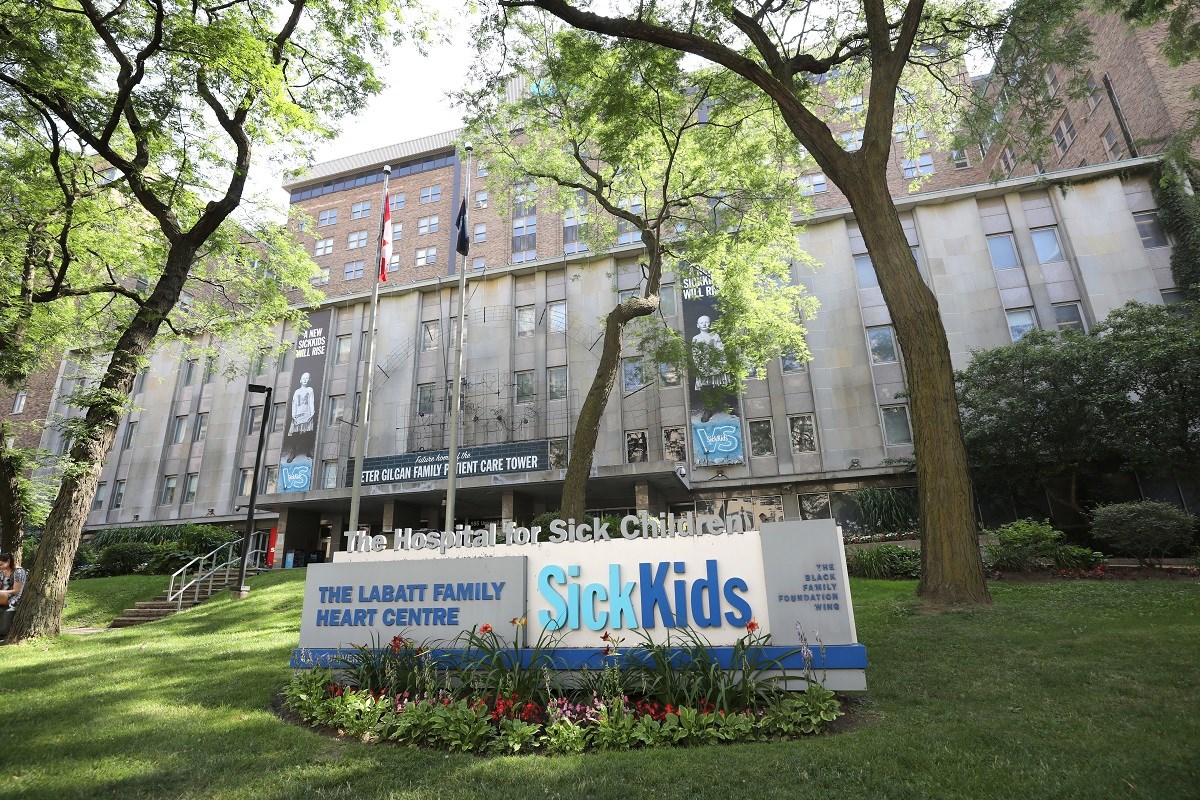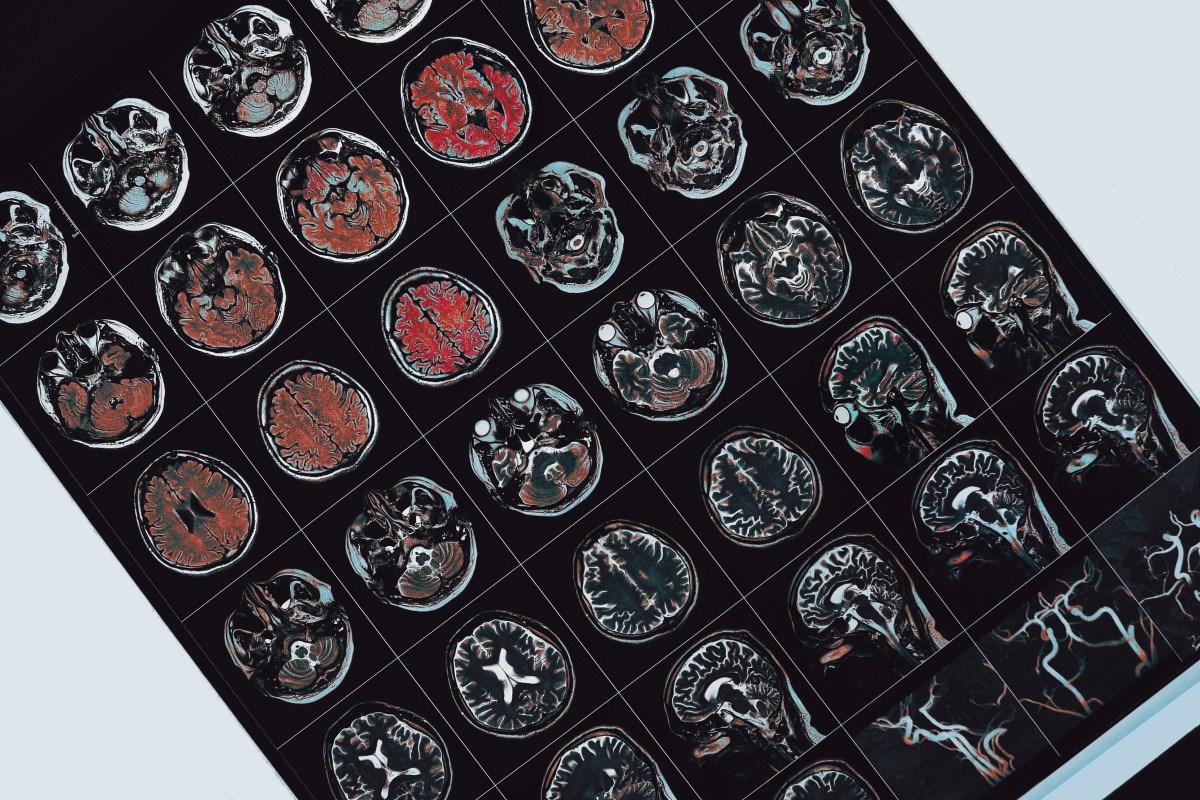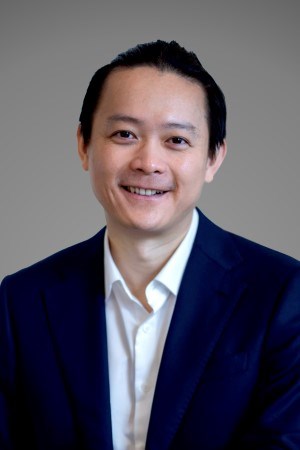
Xi Huang
Biography
Dr. Xi Huang’s lab decodes ion channel functions in brain cancer. While extensive research has informed genetics and biochemical mechanisms in tumorigenesis, how bioelectrical and biophysical signaling regulates cancer is less defined. Ion channels regulate cellular bioelectrical and biophysical properties by perceiving stimulations (mechanical force, membrane voltage, temperature, pH etc.) to control ion flux across membranes.
Using multi-disciplinary approaches in bioinformatics, Drosophila and mouse genetics, xenograft modeling, cell biology, advanced imaging, and electrophysiology, the Huang lab discovers ion channels as regulators of brain tumors and develops ion channel-targeting therapeutic strategies.
Education and experience
- 2022–Present: Associate Professor, Department of Molecular Genetics, University of Toronto, Toronto, ON, Canada
- 2021–Present: Senior Scientist, Developmental, Stem Cell & Cancer Biology, Arthur and Sonia Labatt Brain Tumour Research Centre, The Hospital for Sick Children, Toronto, ON, Canada
- 2015–2022: Assistant Professor, Department of Molecular Genetics, University of Toronto, Toronto, ON, Canada
- 2015–2021: Scientist, Developmental, Stem Cell & Cancer Biology, Arthur and Sonia Labatt Brain Tumour Research Centre, The Hospital for Sick Children, Toronto, ON, Canada
- 2010–2015: Damon Runyon Postdoctoral Fellow, Department of Physiology, University of California, Howard Hughes Medical Institute, San Francisco, CA, USA
- 2004–2010: PhD, Department of Cell and Developmental Biology, Vanderbilt University, Nashville, TN, USA
- 2000–2004: B.Sc., Biological Sciences, Xiamen University, Xiamen, Fujian, China
Achievements
- 2025: Sontag Foundation Distinguished Scientist Alumni Award, Sontag Foundation, FL, U.S.
- 2024: Garron Family Cancer Centre Shining Star Award, The Hospital for Sick Children, Toronto, ON, Canada
- 2024: Research Rebel Award, Charlie Teo Foundation, Beaconsfield, NSW, Australia
- 2023: Distinguished Luigs & Neumann Lecture, Department of Pharmacology, University of Virginia, Charlottesville, VA, U.S.
- 2023: Audience Choice Award, SickKids Innovation Showcase, The Hospital for Sick Children, Toronto, ON, Canada
- 2021: Early Researcher Award, Ontario Ministry of Research, Innovation and Science, ON, Canada
- 2018: Sontag Foundation Distinguished Scientist Award, Sontag Foundation, FL, U.S.
- 2016: Conquer Cancer Now Award, Concern Foundation, Los Angeles, CA, U.S.
- 2015: Careers in Cancer Research Development Program New PI Award, CIHR-ICR/CCSRI, Canada
- 2015: Catalyst Scholar in Stem Cell Research, The Hospital for Sick Children, Toronto, ON, Canada
- 2011: Damon Runyon Post-doctoral Fellowship (Kandis Ann Ulrich-Carleton Fellow), Damon Runyon Cancer Research Foundation, New York, NY, U.S.
- 2011: Graduate Education in Medical Sciences-Clinical and Translational Science Institute Postdoctoral Award, University of California, San Francisco/ Howard Hughes Medical Institute, San Francisco, CA, U.S.
- 2011: Outstanding Graduate Student Award, Department of Cell and Developmental Biology, Vanderbilt University, Nashville, TN, U.S.
- 2010: Chinese Government Award for Outstanding Student Abroad
Publications
- A forward genetic screen identifies potassium channel essentiality in SHH medulloblastoma maintenance. Fan JJ*, Erickson AW*, Carrillo-Garcia J*, Wang X*, Skowron P*, Wang X, Chen X, Shan G, Dou W, Bahrampour S, Xiong Y, Dong W, Abeysundara N, Francisco MA, Pusong RJ, Wang W, Li M, Ying E, Suárez RA, Farooq H, Holgado BL, Wu X, Daniels C, Dupuy AJ, Cadiñanos J, Bradley A, Bagchi A, Moriarity BS, Largaespada DA, Morrissy AS, Ramaswamy V, Mack SC, Garzia L, Dirks PB, Li X, Wanggou S, Egan S, Sun Y, Taylor MD#, Huang X# (2025) Developmental Cell. Jan 20:S1534-5807(25).
- A designer peptide against the EAG2-Kvβ2 potassium channel targets the interaction of cancer cells and neurons to treat glioblastoma. Dong W, Fekete A, Chen X, Liu H, Beilhartz GL, Chen X, Bahrampour S, Xiong Y, Yang Q, Zhao H, Kong T, Chen X, Morioka MS, Jung G, Kim JE, Schramek D, Dirks PB, Song Y, Kim TH, He Y, Wanggou S, Li X, Melnyk RA, Wang LY, Huang X (2023) Nature Cancer. 4, 1418-1436.
- Mechanosensitive brain tumor cells construct blood-tumor barrier to mask chemosensitivity. Chen X*, Momin A*, Wanggou S*, Wang X, Min HK, Dou W, Gong Z, Chan J, Dong W, Fan JJ, Xiong Y, Talipova K, Zhao H, Chen YX, Veerasammy K, Fekete A, Kumar SA, Liu H, Yang Q, Son JE, Dou Z, Hu M, Pardis P, Juraschka K,Donovan L, Zhang J, Ramaswamy V, Selvadurai H, Dirks PB, Taylor MD, Wang LY, Hui CC, Abzalimov R, He Y, Sun Y, Li X#, Huang X# (2023) Neuron. 111:30-48
- Chloride intracellular channel 1 cooperates with potassium channel EAG2 to promote medulloblastoma growth. Francisco MA, Wanggou S, Fan JJ, Dong W, Chen X, Momin A, Abeysundara N, Min HK, Chan J, McAdam R, Sia M, Pusong RJ, Liu S, Patel N, Ramaswamy V, Kijima N, Wang LY, Song Y, Kafri R, Taylor MD, Li X#, Huang X#(2020) Journal of Experimental Medicine. 217(5):e20190971
- A feedforward mechanism mediated by mechanosensitive ion channel PIEZO1 and tissue mechanics promotes glioma aggression. Chen X, Wanggou S, Bodalia A, Zhu M, Dong W, Fan J, Yin WC, Min HK, Hu M, Draghici D, Dou W, Li F, Coutinho FJ, Whetstone H, Kushida MM, Dirks PB, Song Y, Hui CC, Sun Y, Wang LY, Li X, Huang X (2018). Neuron. 100(4):799-815.e7.
(* contributed equally, # corresponding author)



